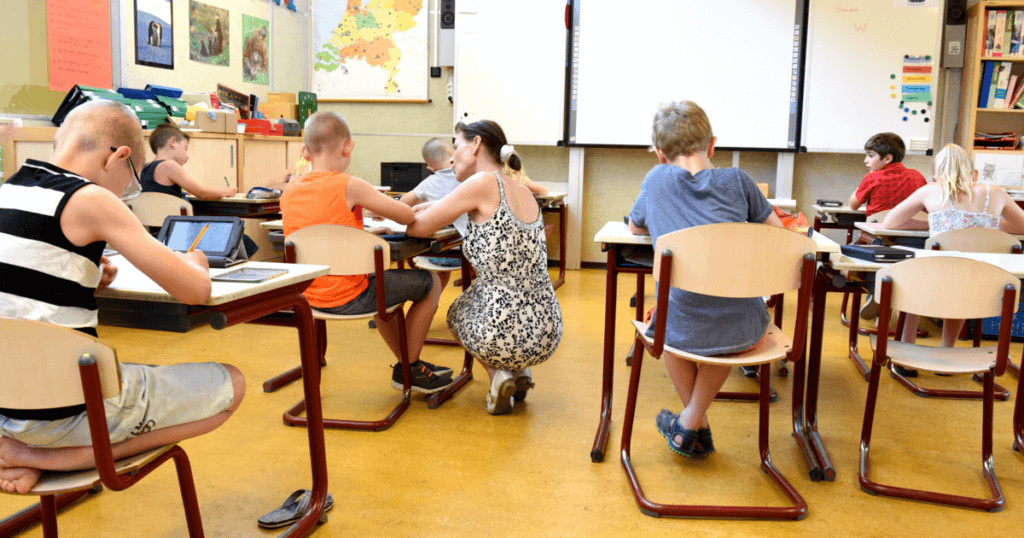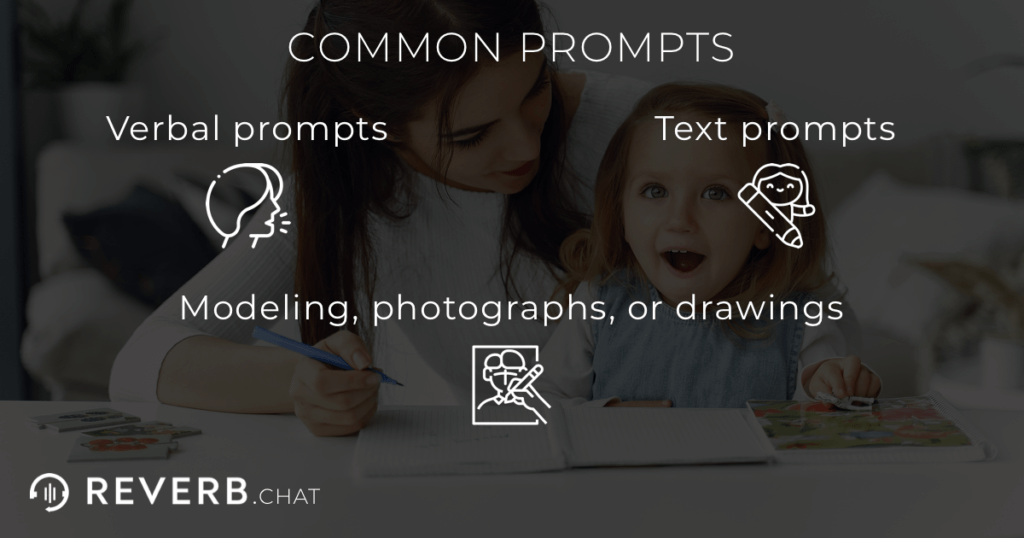The author’s views are entirely his or her own and may not always reflect the views of Reverb.
A common question asked by teachers familiarizing themselves with education theory and practices is, “is prompting considered differentiation?” The answer is yes; prompting is a type of differentiation leading students to success.
To understand this, you first need to understand differentiation.
Let’s dive deeper.
Understanding differentiation
Differentiation allows students to participate in the same activity in different ways that are beneficial to them.
This pedagogical method is when you scaffold and cater your instruction to meet the needs of each student, many of whom have different ways in which they learn.
Differentiation is tailored to individual students, rather than teaching in the same way to every student.
Students can learn best in different ways for many reasons. Culture, childhood experiences, religion, social differences, and psychological differences are common reasons students learn differently.

An anecdote on differentiation
As an educator, students come to us on all different skill levels.
Just this week, I did the below activity with preschoolers, in which I differentiated for them.
- Beginner mathematicians worked on number sense and counting.
- More advanced mathematicians added the numbers together and completed an equation or a ten frame.
- I left fine motor tools, such as tweezers, in the math center for students who need to strengthen their fine motor skills.
In this example, beginner mathematicians completed different activities from advanced ones, while learners who needed more support could also use fine motor tools.
Fine motor tools are simply objects that help students develop the muscles in their hands and wrists used for writing and other tasks performed in school every day. They can, in instances such as this, help with differentiation.
Understanding prompting
Prompting, assisting the learner towards the correct answer or response, is considered a type of differentiation. How much prompting a student receives is directly related to that student’s skill level.
There are several different types of prompts you can do in the classroom, such as:
- Verbal prompts.
- Modeling, photographs, or drawings.
- Text prompts.
When students are consistently successful at a task, they can be weaned off prompts, but differentiation can always occur!
Verbal prompts
Verbal prompts are the most common type of prompt teachers use.
This type of prompt is what you say to assist students in responding appropriately to a task. Verbal prompts are often referred to as sentence stems.
Here’s an example of a verbal prompt. If I was reading a book to my students and I wanted them to turn and tell the person to their left what they predict would happen next, the majority of students may not know what to say.
In this instance, teachers should verbally prompt students with a sentence stem such as, “Oh, I know what’s going to happen next. I think that he/she is going to…” so that they can be successful with the task. Now students who previously did not know how to phrase their thoughts have a way to do so.
Modeling prompts
The modeling prompt is the next most used prompt in teaching (especially with younger grades).
You wouldn’t think it, but little learners need to see everything drawn out or modeled step by step for them.
Even the smallest activities, such as cutting something out or folding paper, need to be explicitly modeled every step of the way.
Text prompts
Text prompts are written instructions, checklists, reminders, etc., which children read and interact with to complete a task.
An example of a text prompt would be a self-regulation checklist in which students have to check off boxes corresponding to activities they’re doing well. A student may check off, “I’ve listened to my classmates today” or “I contributed to today’s discussion about current events.”

Prompt your students in differentiated learning now
You’ve probably already been using prompts and differentiated learning in some way or another with your students. Still, now that you know the difference between the two, you can be a lot more deliberate in your approach.
For example, in a remote learning scenario, you can verbally prompt students with voice messages and have them send asynchronous messages back. You can tailor your messages and feedback to individual students’ learning styles and make sure everybody gets the personalized support they need.
You can use text prompts at the end of the day to have students analyze what they did well and what they didn’t do so well.
You can use video for modeling prompts and send different videos to different learners.
There are many ways to approach learning styles, and you can try multiple prompts to find out what works best and when.






